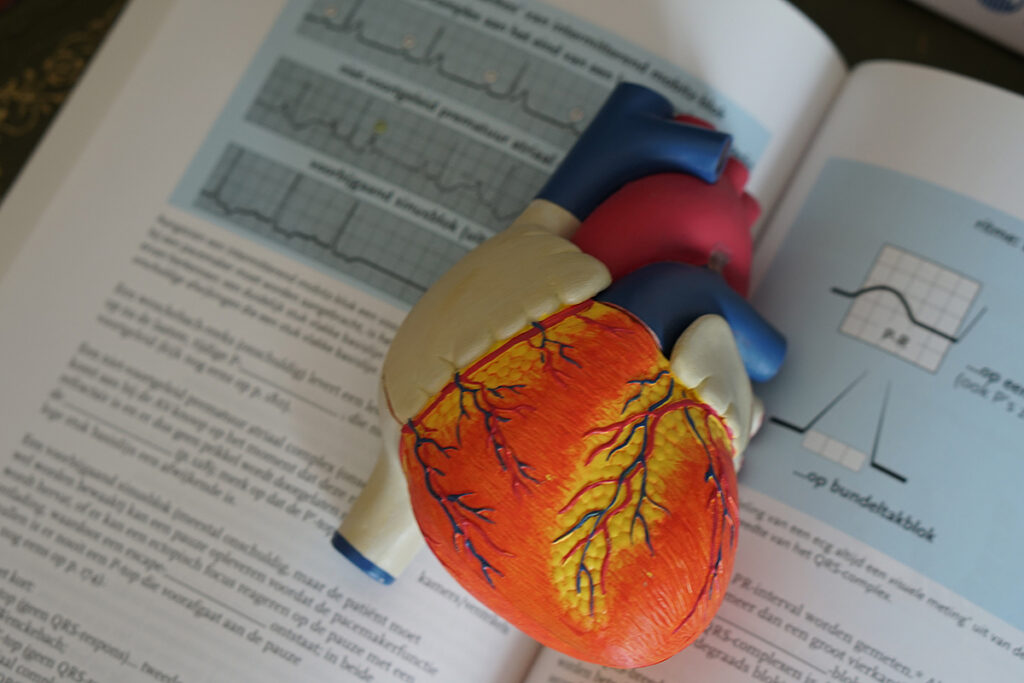Quercetin, classified as a flavonoid, is present in vegetables and fruits such as onions, tomatoes, and apples. It possesses anti-allergic, anti-inflammatory, anti-cancer, and antiviral properties, safeguarding the cardiovascular system and showing promise in neurological diseases like Alzheimer’s and Parkinson’s. Quercetin is non-toxic to the liver and does not induce skin hypersensitivity.
Quercetin’s low bioavailability, due to poor water solubility can be addressed by creating soluble compounds with other molecules.
Impact of Quercetin on Cognitive Function
Quercetin contributes to maintaining mental health. In mice, oral administration of quercetin reduces depression and anxiety. The antioxidant properties of quercetin contribute to reducing nitric oxide levels and other compounds associated with mental illnesses.
Protection Against Ultraviolet (UV) Radiation
UV radiation poses health threats, causing burns, premature skin aging, and cancer. Quercetin, incorporated into polymeric nanoparticles, can be an effective means of protection against UV radiation. Rutin and quercetin, chemically linked to titanium dioxide and zinc oxide, enhance the efficacy of sunscreens to approximately SPF 30.
Antiviral Properties of Quercetin
Both quercetin and isoquercetin exhibit activity against the human immunodeficiency virus (HIV) and other viruses. Quercetin can treat coronaviruses, reduce inflammation, and decrease viral load, thereby expediting recovery.
For more information on the application of quercetin in COVID-19, refer to the article “Senolytics Prevent Severe Coronavirus.”
Anti-tumor Activity
Quercetin demonstrates anti-tumor activity against various cancers, including prostate, liver, breast, pancreatic, and melanoma. Cell and animal experiments validate quercetin’s potential, and nanoparticles containing quercetin enhance its anti-tumor activity while reducing side effects.
Anti-Inflammatory Activity
Quercetin can be beneficial in treating inflammatory conditions, including rheumatoid arthritis. It suppresses neutrophil activity and inflammasome activation, a protein complex responsible for the inflammatory response. Additionally, quercetin may inhibit lipoxygenases, enzymes involved in inflammatory processes.
Neurological Activity
Alzheimer’s disease is a neurodegenerative condition affecting over 24 million people worldwide. It manifests with cognitive impairments, speech deterioration, and dementia. Current treatment methods provide only moderate improvement in memory and cognitive functions, offering no impediment to neurodegeneration progression. Quercetin, with its neuroprotective properties and the ability to shield against oxidative stress, emerges as a promising treatment for Alzheimer’s disease.
Antioxidant Activity
Oxygen Reactive Species (ROS) participate in physiological processes at moderate concentrations, but an excess leads to oxidative stress, damaging DNA, proteins, and lipids. Antioxidants, including quercetin, protect cells from oxidation and free radicals, suppressing their detrimental effects.
Obesity, linked to oxidative stress, sees quercetin contributing to weight reduction in experiments involving obese rats.
The synergistic antioxidant power of polyphenols like resveratrol, quercetin, and catechin proves effective, with resveratrol from grape skins and quercetin exhibiting pronounced antioxidant properties.
Quercetin Shields Against Cardiovascular Diseases
Hypertension is a prevalent cause of cardiovascular diseases, including myocardial hypertrophy and its consequences, such as arrhythmia, myocardial infarction, and heart failure. Quercetin can lower blood pressure. Presumed mechanisms of its antihypertensive action include reducing oxidative stress, inhibiting angiotensin-converting enzyme activity, improving endothelial function, direct action on vascular smooth muscle, and altering gene activity.
Quercetin Accelerates Skin Healing
Wound healing occurs in three stages:
- primary recovery within 12-24 hours of wound formation
- secondary healing in wounds with significant loss of soft tissues
- healing of superficial wounds like abrasions and surface burns
Quercetin is used in wound treatment due to its anti-inflammatory activity: Rubus niveus (snow raspberry) and Melilotus officinalis (sweet clover) containing quercetin exhibit wound-healing properties.
Quercetin increases the number of keratinocytes, protects against the inflammatory response and oxidative stress, and suppresses nitric oxide production associated with the interferon response during inflammation.
Quercetin and Tuberculosis
Tuberculosis, a high-fatality disease caused by Mycobacterium tuberculosis, can maintain viability despite drug treatment. Quercetin suppresses Mycobacterium tuberculosis, offering potential for tuberculosis treatment.
Quercetin’s Anti-diabetic Activity
Insulin, crucial for maintaining normal blood glucose levels, can be regulated by quercetin. Diabetes, a chronic condition, results from elevated blood glucose levels due to insufficient insulin secretion, insulin resistance, or both. Quercetin co-crystals with anti-diabetic drugs like metformin and gliptins prove effective in diabetes treatment. Quercetin improves glucose tolerance and β-cell function in the pancreas.
Antimalarial Activity of Quercetin
Malaria, a dangerous tropical disease causing millions of deaths annually, is aggravated by excessive production of inflammatory cytokines. Quercetin suppresses imbalanced cytokine production during malaria infection, reducing inflammation.
Antifungal Activity
Conventional antifungal drugs pose risks to human health. A potential alternative is the treatment of fungal infections with flavonoids. Quercetin, at concentrations of 32-128 μg/ml, inhibits Candida parapsilosis fungus.
Quercetin Against Rhinitis
Acute rhinitis is one of the most common inflammatory diseases of the nasal mucosa. Its main symptoms include nasal congestion and nasal discharge. A complication may be acute rhinosinusitis, which can progress to chronic rhinosinusitis and cause intracranial complications.
Rhinsinusitis is caused by the secretion of pro-inflammatory cytokines, which leads to swelling of the mucous membrane and increases nasal discharge. Quercetin suppresses the release of inflammatory mediators such as histamines and leukotrienes and reacts with ROS, which are also involved in the pathogenesis of rhinosinusitis.
Conclusion
Quercetin possesses anti-inflammatory, antioxidant, neuroprotective, anti-cancer, and antiviral properties. It enhances the action of other drugs and natural products and holds promise in developing new medicines with fewer side effects.
Useful article, necessary information? Share it!
Someone will also find it useful and necessary:
Reference
Quercetin: A Potential Polydynamic Drug



